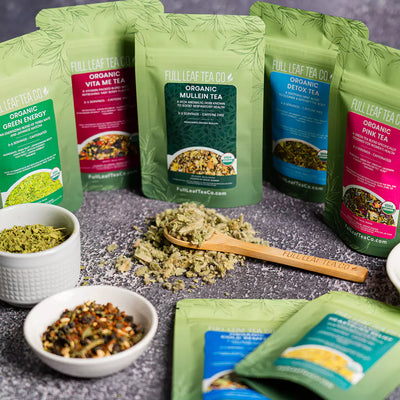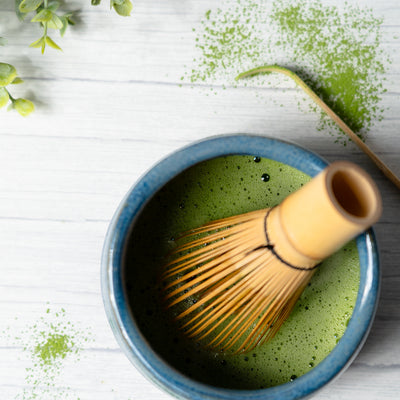
Matcha has become one of the most beloved teas around the world. Known for its vibrant green color, smooth taste, and energizing yet calming effects, it has found its way into lattes, baked goods, smoothies, and even skincare products. As demand has surged, however, the supply of high-quality matcha has not been able to keep pace. Recently, many tea companies world wide are experiencing changes due to the shortage of matcha worldwide.
We know this is disappointing news for matcha lovers, and we want to be transparent with you about why there is a shortage, what it means for the matcha market, and what we are doing to continue bringing you the best quality tea at the fairest possible price despite the current shortage.
Why is there a matcha shortage?

1. Rising Global Demand
Over the past decade, matcha has moved from being a niche product in Japan to a worldwide trend. Health-conscious consumers, wellness enthusiasts, and everyday tea drinkers are discovering the benefits of this finely ground green tea. From coffee shops to restaurants to home kitchens, the demand for matcha has skyrocketed, especially in North America and Europe.
2. Limited Growing Regions
Authentic matcha can only come from certain regions in Japan where the climate, soil, and traditional farming practices are ideal. These areas, like Uji, Nishio, and Kagoshima, produce a finite amount of tea each year. Because true ceremonial and premium matcha requires shade-grown tea leaves that are carefully harvested, there are natural limits to how much can be produced annually.
3. Climate Challenges
Like many agricultural products, matcha production has been affected by unpredictable weather patterns. Heavy rains, unseasonable frosts, and hotter-than-normal summers in Japan have all impacted crop yields in recent years, damaging tea plants during the growth process. Tea farmers are doing their best to adapt, but nature always plays a significant role in harvest success.
4. Supply Chain Pressures
The global supply chain remains fragile. Shipping costs, delays, and logistical issues all add to the difficulty of transporting matcha from farms in Japan to companies around the world. These challenges compound when demand is higher than supply.
What Makes Matcha So Unique
While the current shortage has created challenges, it’s also a reminder of just how special matcha truly is. Unlike many mass-produced commodities, matcha is an artisanal product requiring immense care and tradition. Each tin represents the work of farmers who shade, hand-pick, and stone-grind tea leaves with precision and dedication.
When you enjoy a cup of matcha, you’re not just sipping on a beverage, you’re partaking in a centuries-old cultural practice with deep roots in Japan’s tea ceremony. That heritage and craftsmanship are what make matcha unique, and it’s also why protecting its integrity sometimes comes with a higher price.

Even during this shortage, our promise to you remains the same, we will never compromise on quality. That means continuing to source from reputable Japanese growers who uphold centuries-old traditions of matcha cultivation.
Here’s what we prioritize
Ceremonial-Grade Matcha: Only the youngest, most tender leaves are selected and stone-ground into a fine powder. This ensures the smoothest flavor and the highest concentration of antioxidants.
Transparency in Sourcing: We maintain close relationships with our suppliers in Japan and work directly with them to understand crop conditions, harvest forecasts, and pricing challenges.
Fair Support for Farmers: By absorbing part of the cost ourselves, we ensure our suppliers are compensated fairly for their hard work while keeping matcha accessible to you during the shortage.
How to Enjoy Matcha During the Shortage
Store It Properly – Keep your matcha airtight, away from light and heat, ideally in the refrigerator, to preserve its freshness.
Use the Right Tools – A bamboo whisk creates the smooth froth that brings out matcha’s unique character.
Explore Different Recipes – From traditional usucha to lattes, smoothies, and desserts, a little matcha goes a long way.
Savor the Ritual – Take the shortage as a reminder to slow down and fully enjoy each bowl or cup.
Is this shortage permanent?
While the cultiovation process is long and tedious, the shortage is temporary and will hopefully be changed soon.
A Note of Gratitude
We’re grateful to all of you who continue to share your love for matcha with us. Your enthusiasm not only sustains our business but also helps preserve centuries of Japanese tea culture. Together, we can continue celebrating this remarkable tea, even during the rough periods during this shortage



















